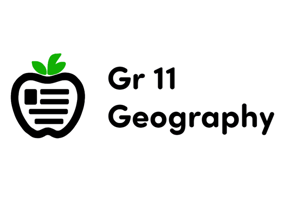Podcast
Questions and Answers
What causes wind to move from one area to another?
What causes wind to move from one area to another?
- Wind speeds
- Humidity levels
- Air pressure differences (correct)
- Temperature differences (correct)
What are global winds?
What are global winds?
Wind belts that circle the Earth.
What are prevailing winds?
What are prevailing winds?
Steady, predictable winds.
Westerlies blow from the east to the west.
Westerlies blow from the east to the west.
What is the speed that jet streams can reach?
What is the speed that jet streams can reach?
How do local winds differ from global winds?
How do local winds differ from global winds?
The wind that blows from a sea to land is called a _____ breeze.
The wind that blows from a sea to land is called a _____ breeze.
The wind that blows from land to a sea is called a _____ breeze.
The wind that blows from land to a sea is called a _____ breeze.
What is primarily responsible for the formation of sea breezes?
What is primarily responsible for the formation of sea breezes?
Flashcards are hidden until you start studying
Study Notes
Wind
- Movement of air from high pressure areas to low pressure areas.
- Caused by the sun's heat creating temperature differences.
- Cold air indicates high pressure and sinks; warm air indicates low pressure and rises.
Global Winds
- Wind belts that encircle the Earth.
- Occur due to unequal heating of the Earth's surface.
- Create convection currents influenced by temperature and pressure differences between the equator and poles.
Prevailing Winds
- Steady, predictable winds caused by air pressure differences and the Coriolis Effect.
- Prevailing westerlies blow from west to east in mid-latitudes (30° to 60° north and south).
- Important for influencing weather patterns in the U.S.
Westerlies
- Winds blowing from the west to the east.
- Significant impact on U.S. weather.
Jet Streams
- Narrow bands of high winds located near the top of the troposphere.
- Flow predominantly from west to east but can loop north and south.
- Influence weather by moving cold air from poles to tropics and warm air from tropics to poles.
- Can reach speeds up to 300 km/h and are less predictable than prevailing winds.
Local Winds
- Occur over short distances due to varying air pressure from uneven heating.
- Include sea breezes and land breezes.
Sea Breeze
- Winds flowing from sea or lake to land due to local temperature differences.
- Land heats faster than water, causing warm air over land to rise and create low pressure.
- Cooler, denser air over water produces high pressure, resulting in wind moving from sea to land.
Land Breeze
- Winds flowing from land to sea or lake at night due to temperature differences.
- Land cools faster than water, resulting in cooler, denser air over land creating high pressure.
- Warmer air over water rises, creating low pressure and causing wind to move from land to water.
Studying That Suits You
Use AI to generate personalized quizzes and flashcards to suit your learning preferences.




